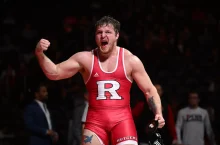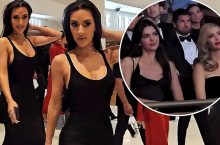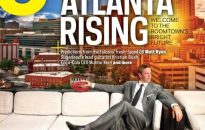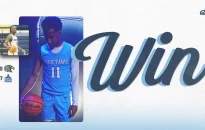Already a subscriber? Log in. Colston was just a 20-year-old student from tiny Fairbanks, La., when he traveled to Los Angeles in January 1967. He had grown up in a home without indoor plumbing, but now he was staying in lavish accommodations with about 180 other members of the Grambling College marching band.Please enable JavaScript in […]


Already a subscriber? Log in.
Colston was just a 20-year-old student from tiny Fairbanks, La., when he traveled to Los Angeles in January 1967. He had grown up in a home without indoor plumbing, but now he was staying in lavish accommodations with about 180 other members of the Grambling College marching band.Please enable JavaScript in your browser settings.Long before Michael Jackson, the Rolling Stones and Rihanna, there was Freddie Colston.In the decades before the National Football League recruited stars to perform at the Super Bowl halftime show — the rapper Kendrick Lamar will headline on Feb. 9 at this year’s game in New Orleans — it frequently relied on dynamic marching bands from Grambling and other historically Black colleges and universities.Want all of The Times? Subscribe.
H.B.C.U. bands have been part of the festivities since the first halftime show. This year, Southern University’s “Human Jukebox” will perform before the national anthem.Thank you for your patience while we verify access. If you are in Reader mode please exit and log into your Times account, or subscribe for all of The Times.
We are having trouble retrieving the article content.
Thank you for your patience while we verify access.With nicknames like “Human Jukebox” (Southern University) and “Sonic Boom of the South” (Jackson State University), the musical groups are known for their creative formations and flamboyant showmanship. And the tradition has endured even as the Super Bowl has morphed into a corporate playground of advertisements, parties and spectacle.Soon they would high-step onto the field at Los Angeles Memorial Coliseum to perform in the halftime show of the very first Super Bowl.



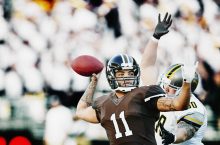
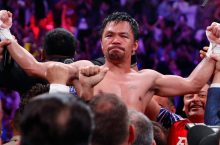

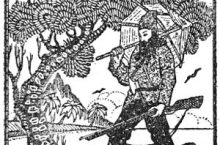
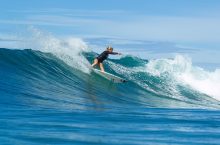
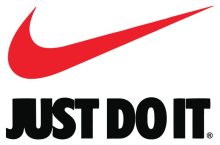

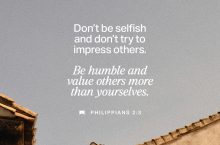
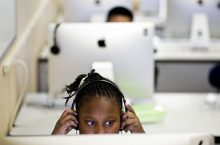


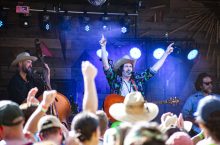
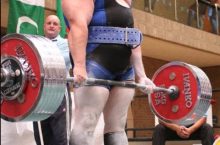
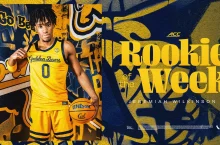
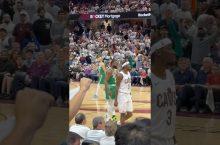
 @Boston Celtics #NBA #Basketball #Celtics #JaysonTatu…
@Boston Celtics #NBA #Basketball #Celtics #JaysonTatu…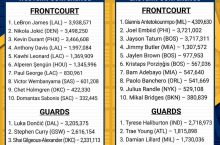
 #NBA #basketball #NBAXmas #Jalen…
#NBA #basketball #NBAXmas #Jalen…
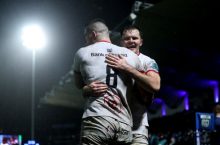

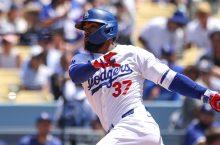
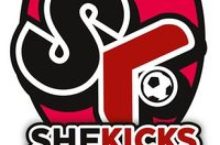
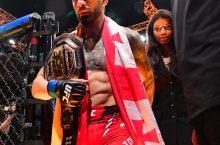


 #McLaren #F1 #Gingerbread #CapCu…
#McLaren #F1 #Gingerbread #CapCu…


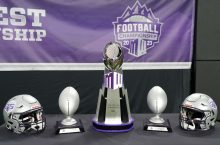


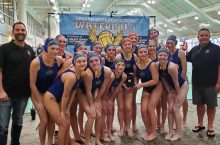
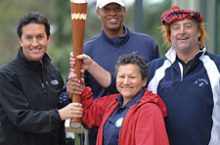
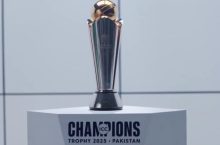
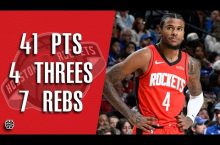

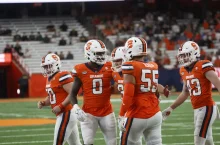
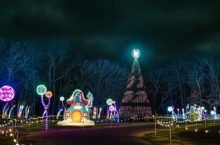

 CMA Members get access to my “AXEL TECHNIQ…
CMA Members get access to my “AXEL TECHNIQ…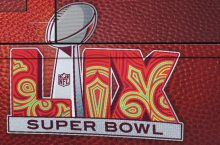


 #rugby #haka
#rugby #haka